From its origins, NASA has studied our planet in novel ways, using a fleet of satellites and ambitious airborne and ground-based campaigns to study physical processes at work—from beneath the crust to the edge of the atmosphere. We look at Earth in macrocosm and microcosm, from the flow of one mountain stream to the flow of jet streams. Most of all, we look at Earth as a system, examining the cycles and processes—the water cycle, the carbon cycle, ocean circulation, the movement of heat—that interact and influence each other in a complex, dynamic dance across seasons and decades.
Why Does NASA Study Earth?
NASA is designing a new set of Earth-focused missions to provide key information to guide efforts related to climate change, natural hazard mitigation, fighting forest fires, and improving real-time agricultural processes.
Each uniquely designed satellite in the Earth System Observatory will complement the others, working in tandem to create a 3D, holistic view of Earth, from bedrock to atmosphere.
NASA's Earth System Observatory
Addressing, Mitigating Climate Change
Air Quality
Air pollution is a significant threat to human health and our environment. Instruments on NASA satellites, along with airborne and ground-based sensors, are constantly collecting data on major pollutants in our atmosphere.
Learn More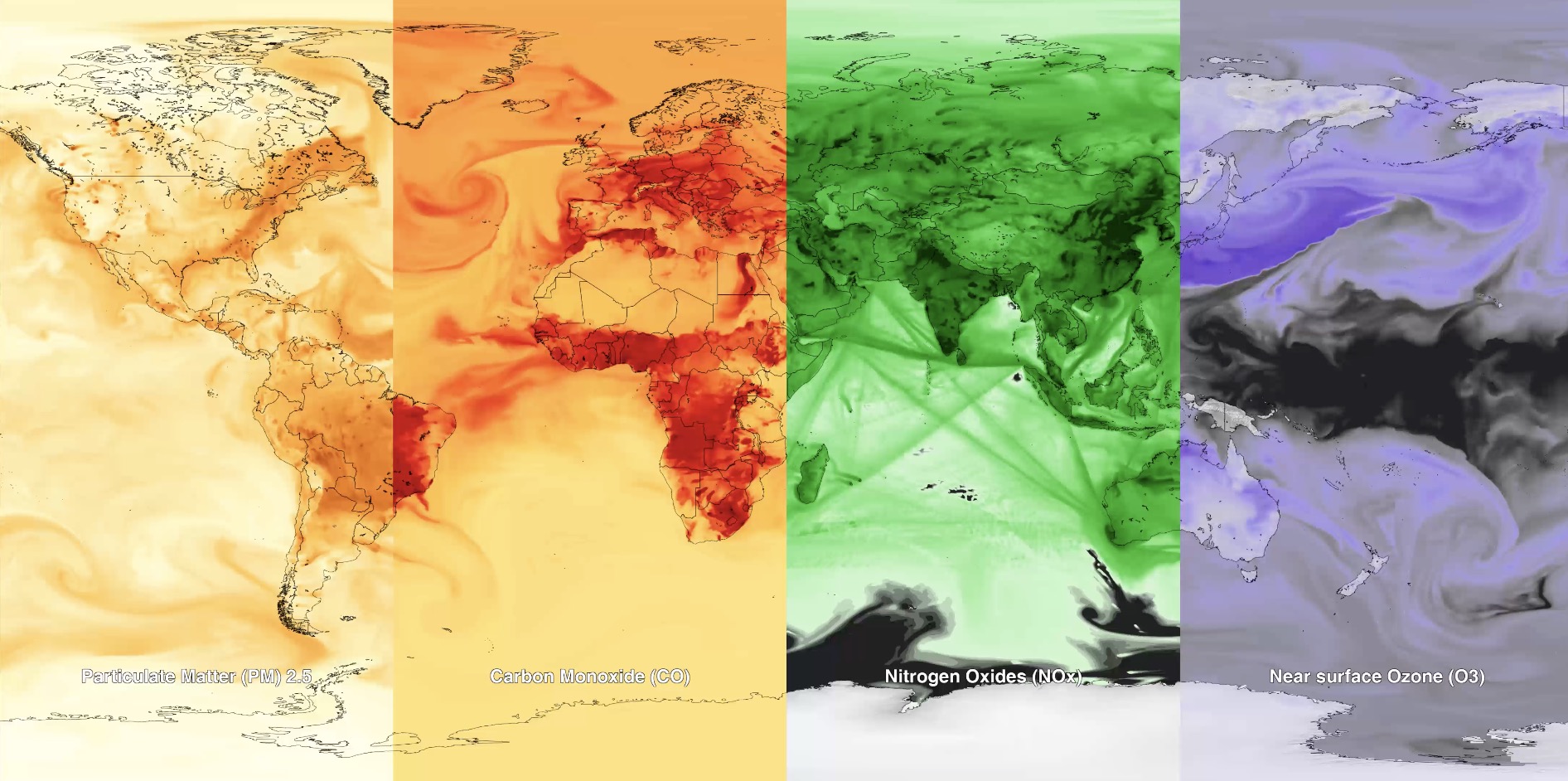
Sea Level Rise
Sea level around the world has been rising for reasons both natural and human-caused.

Rising Waters
With satellites, airborne missions, shipboard measurements, and supercomputers, NASA has been investigating sea level rise for decades.
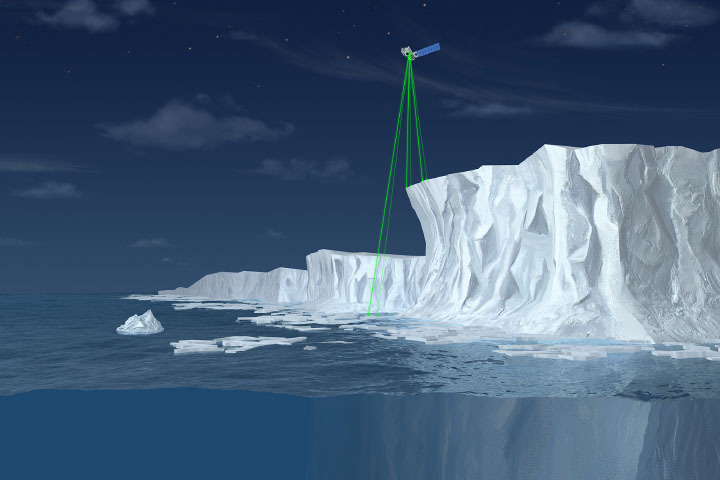
Taking a Measure of Sea Level Rise
Sea level around the world has been rising for reasons both natural and human-caused. This series of articles explores how NASA and other science institutions measure and monitor these changes.
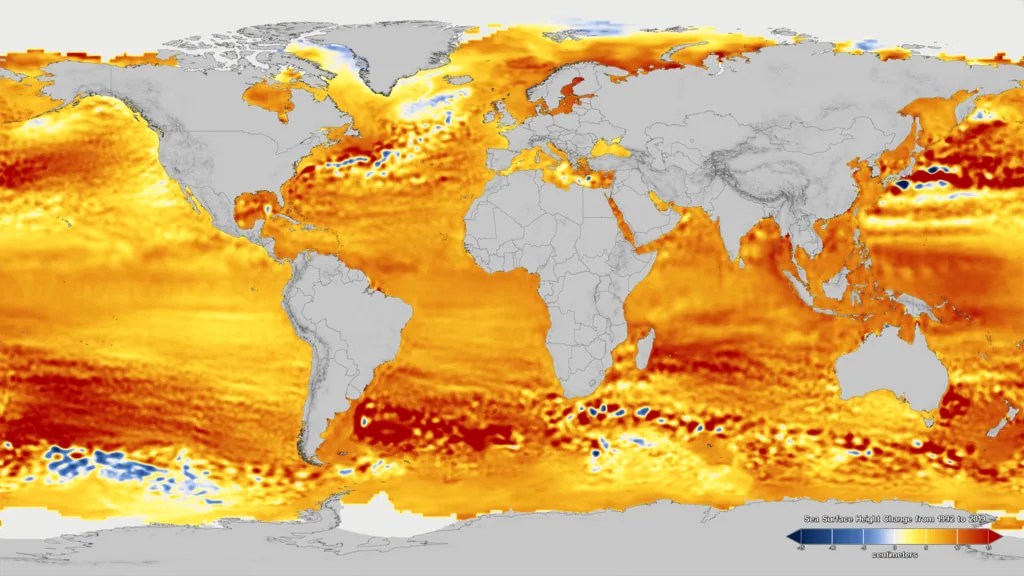
Understanding Sea Level
NASA keeps track of sea level change and its causes from space. Find out more about how NASA satellite observations help our understanding of this complex topic.
Phytoplankton
They’re small, but they’re mighty. From producing oxygen we breathe to soaking up carbon we emit to feeding fish we eat, tiny phytoplankton are a crucial part of ocean ecosystems and essential to life as we know it on Earth.
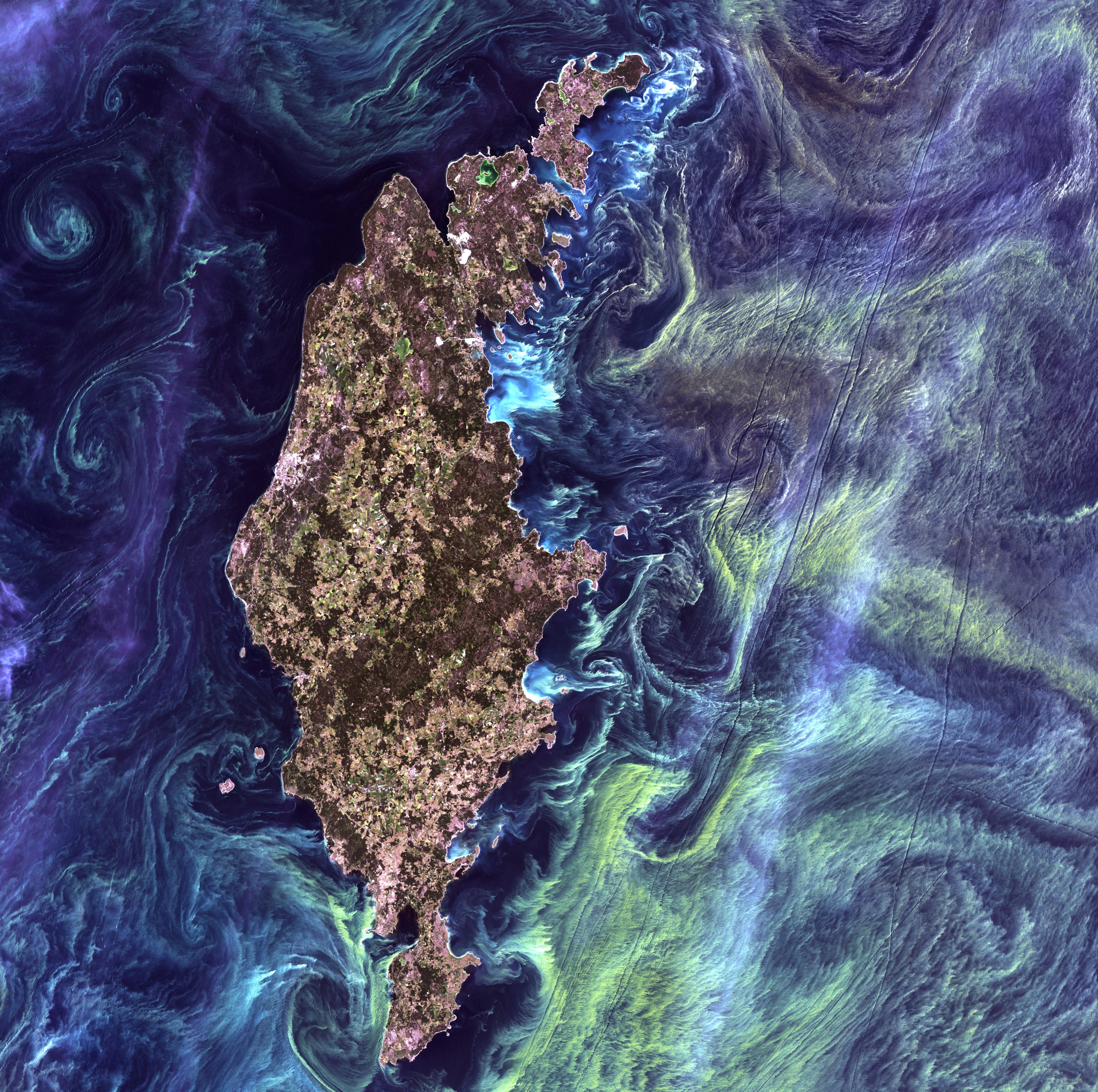
NASA Wants to Identify Phytoplankton Species from Space. Here’s Why.
To give us a new view of these extraordinary aquatic organisms, NASA is launching a satellite in early 2024.

What are Phytoplankton?
Microscopic plant-like organisms called phytoplankton are the base of the marine food web, and they play a key role in removing carbon dioxide from the air.
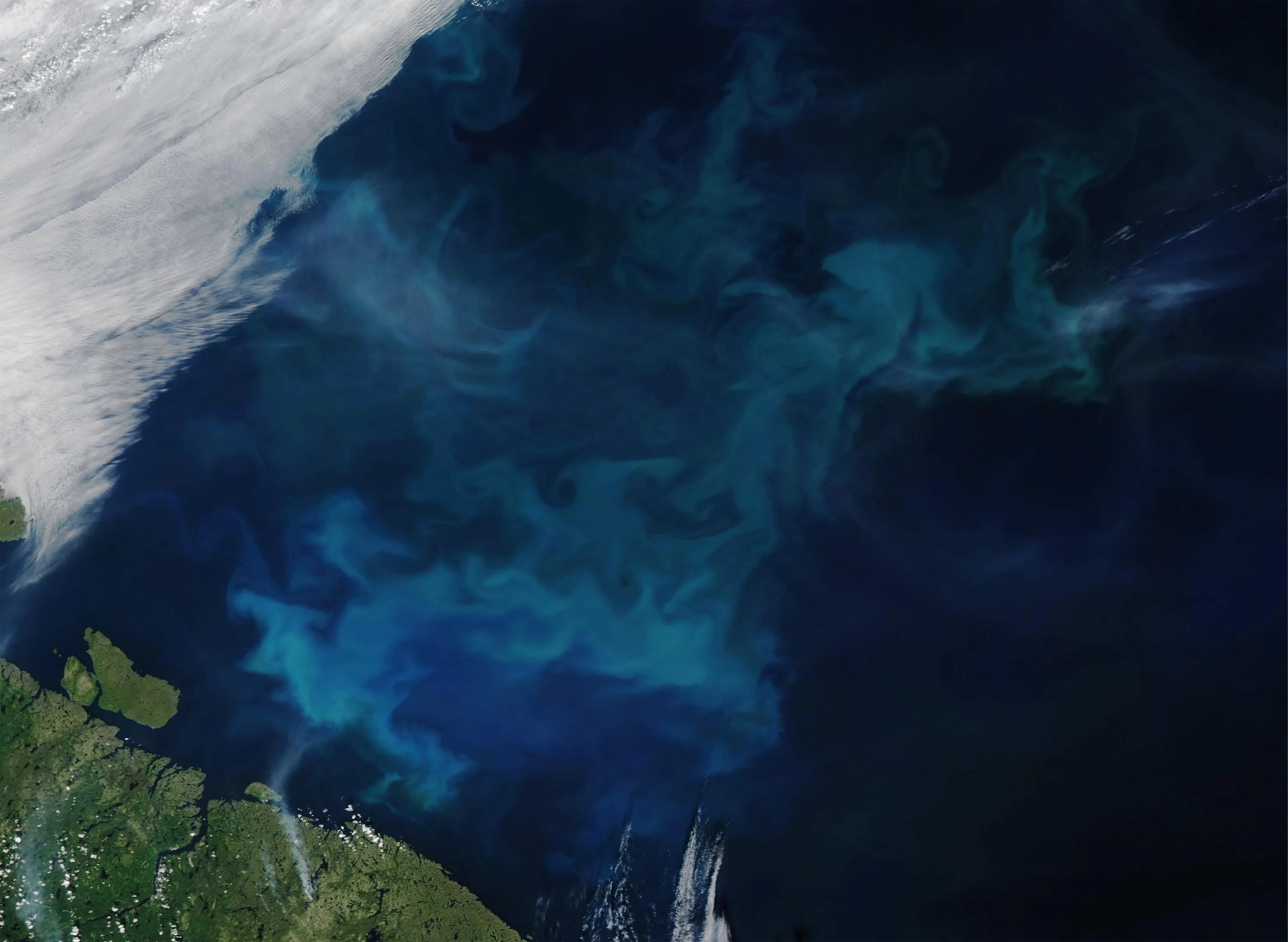
Images and stories of phytoplankton
Our oceans support phytoplankton blooms around the globe.
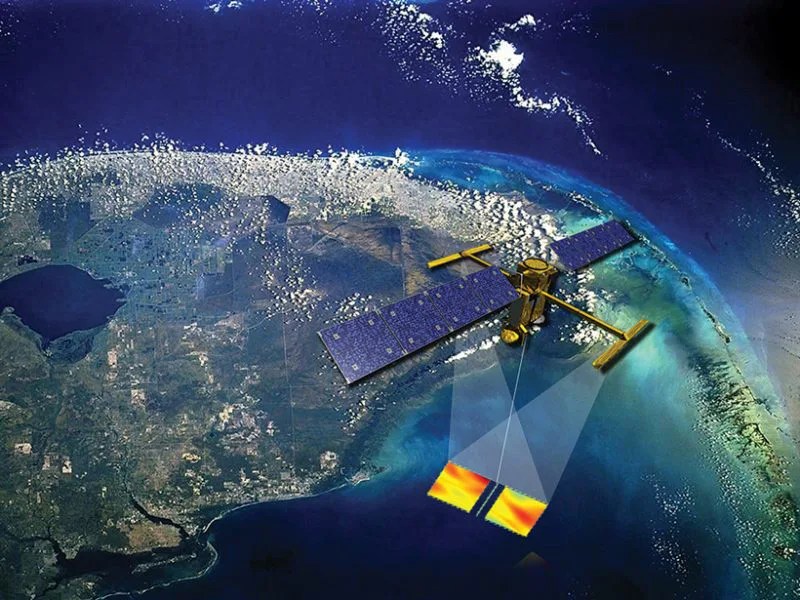
Our Satellite Fleet
In order to study the Earth as a whole system and understand how it is changing, NASA develops and supports a large number of Earth observing missions. These missions provide Earth science researchers the necessary data to address key questions about global climate change. Missions begin with a study phase during which the key science objectives of the mission are identified, and designs for spacecraft and instruments are analyzed. Following a successful study phase, missions enter a development phase whereby all aspects of the mission are developed and tested to insure it meets the mission objectives. Operating missions are those missions that are currently active and providing science data to researchers. Operating missions may be in their primary operational phase or in an extended operational phase. Missions begin with a study phase during which the key science objectives of the mission are identified, and designs for spacecraft and instruments are analyzed. Following a successful study phase, missions enter a development phase whereby all aspects of the mission are developed and tested to insure it meets the mission objectives.


